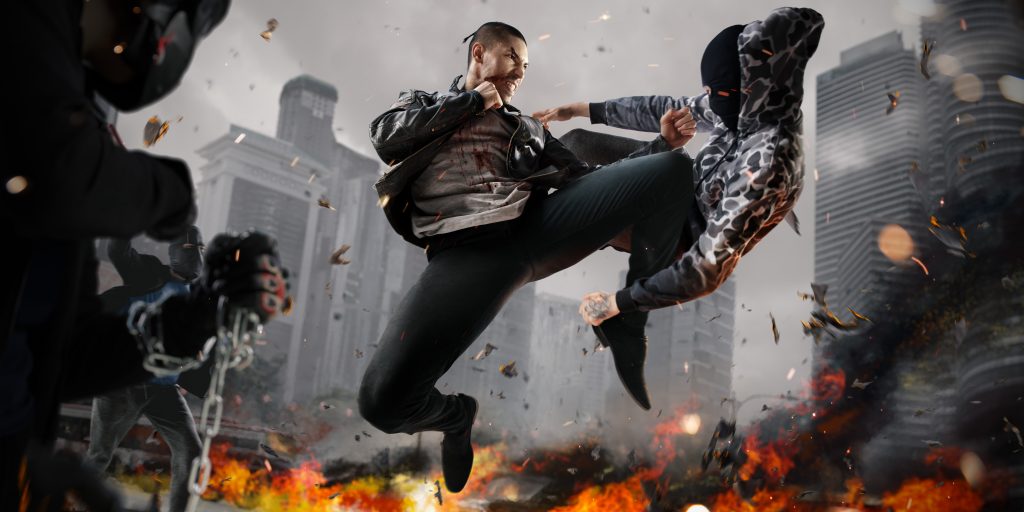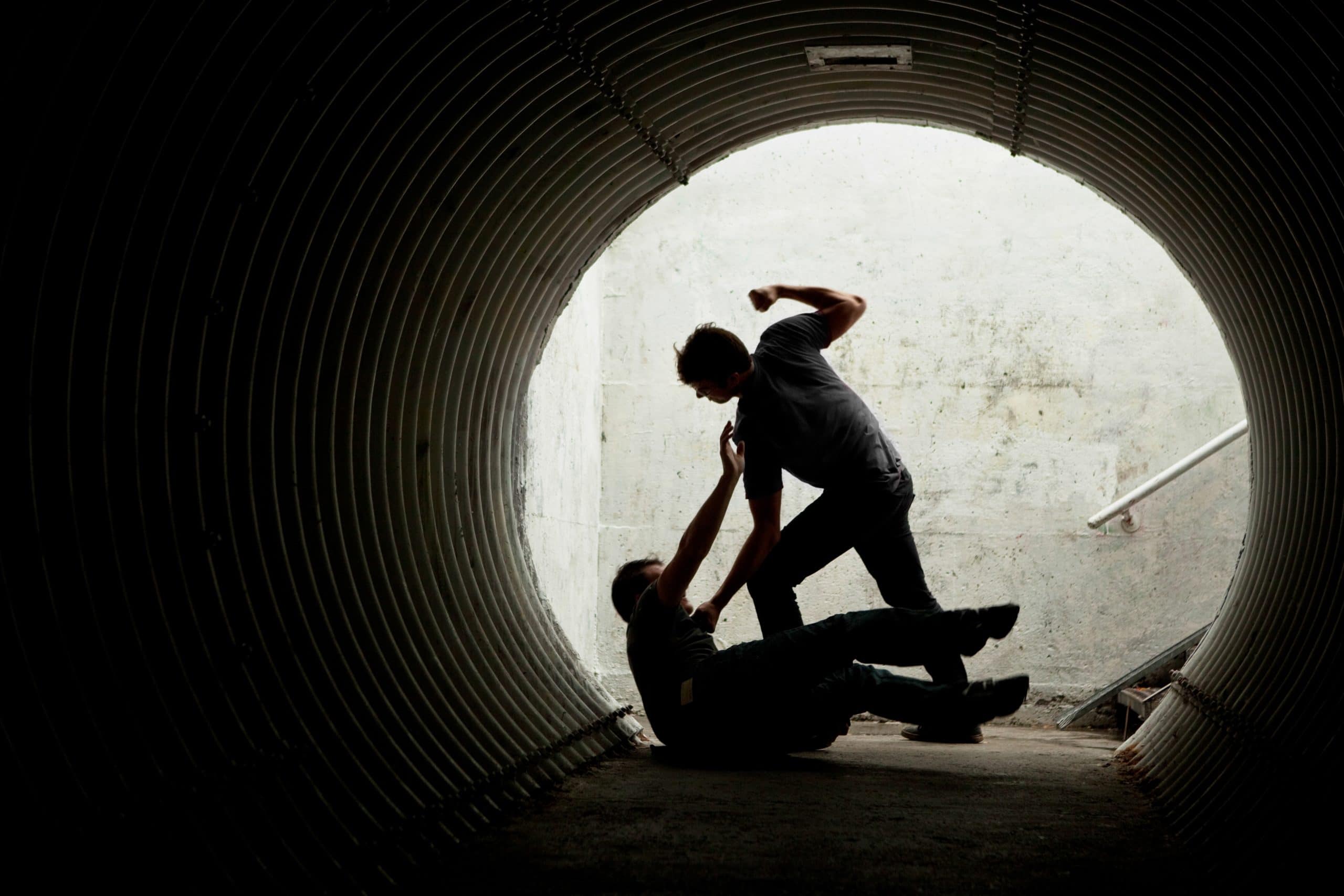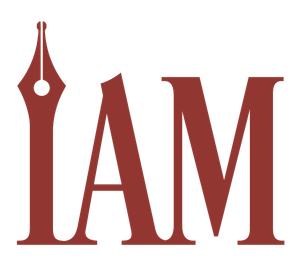You’ve decided that violence is the answer! In your story, that is, but now what? What makes a good fight? There are a lot of things to consider for your scene to come across as authentic and credible to your audience. There’s a reason choreographers map out fights to be filmed; to fight is to dance. As the writer you get to decide what kind of dance your characters are doing.

With hand to hand combat, the size and body types of your combatants matters. Large fighters are generally slower but only need a few good hits. Smaller characters need to be faster, more accurate, and to use momentum against their opponents. Biologically male characters have more strength in their upper bodies; biologically female characters’ strength is in their core and quads. Weapons have weight or kickback; this can wear a fighter down depending on their physicality.

Don’t forget sensory cues — getting hit hurts! Depending on where you’re hit, it can be debilitating. Head shots versus body shots can make a huge difference. Hitting soft tissue, or hard muscle, or solid bone feels and hurts differently. Sounds can become distorted if you have blood in your ears. These details all work together to enhance the reader’s immersion into your world.
Setting is key to your details. It tells you what is available to your characters for a fight in the physical world around them. Visualize and inventory what they have at hand in a spontaneous fight. The type of terrain or building structure can add to the tension of your fight. High land is advantaged with a weapon, but coming from low land can make it easier to knock an opponent off balance.
Natural ability only gets a fighter so far. A character can bolster some of the physical attributes with training. Endurance can be trained. Strength and flexibility can be nominally increased. Strategy can be learned. To maintain plausibility, you need to know the tenets and principles of the training the character has received. Whether it is martial arts or yoga, or from a policing/military organization or a magical academy, the details of the general progression and the associated value system matter.
If your character is a former military, you need to know not only what they’re capable of, but how they’re going to react to a threat in hand-to-hand combat. If they react in a way that is incompatible with their training, it could jar the reader and break their suspension of disbelief.
The same goes for martial arts: the belt progression takes time. Even when you’re naturally talented, you have to complete the required hours to progress to the next level. Each form of martial arts has different specialties. For example, traditional Tae Kwon Do is a martial art with a lot of kicks. Kicks aren’t always practical in a fight. Legs are easy to grab and twist. Well-executed kicks require speed and accuracy. You also need to know how to break holds so you don’t get your leg torn off.
Traditional Tae Kwon Do focuses on training formations or forms, as preparation for being attacked by multiple opponents. Olympic-style Tae Kwon Do (the more popular iteration today) is sparring based, and therefore focuses on one-on-one fighting. Using a technique in the wrong circumstance breaks the character’s credibility as an expert fighter.
Chemically altering bodies, cyborg prosthetics, and magic all change your character's strength and movement, but understanding what is naturally possible versus what would need those enhancements is critical to keeping your fight dynamics believable.











